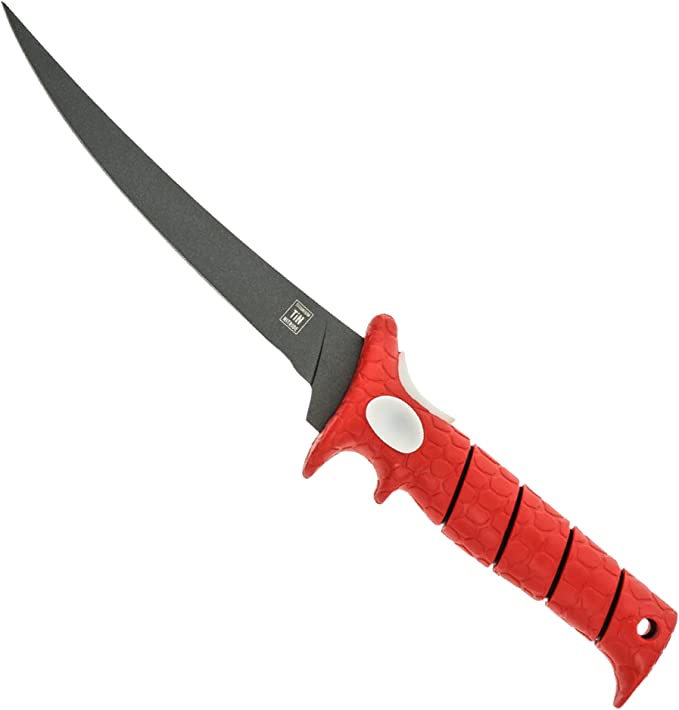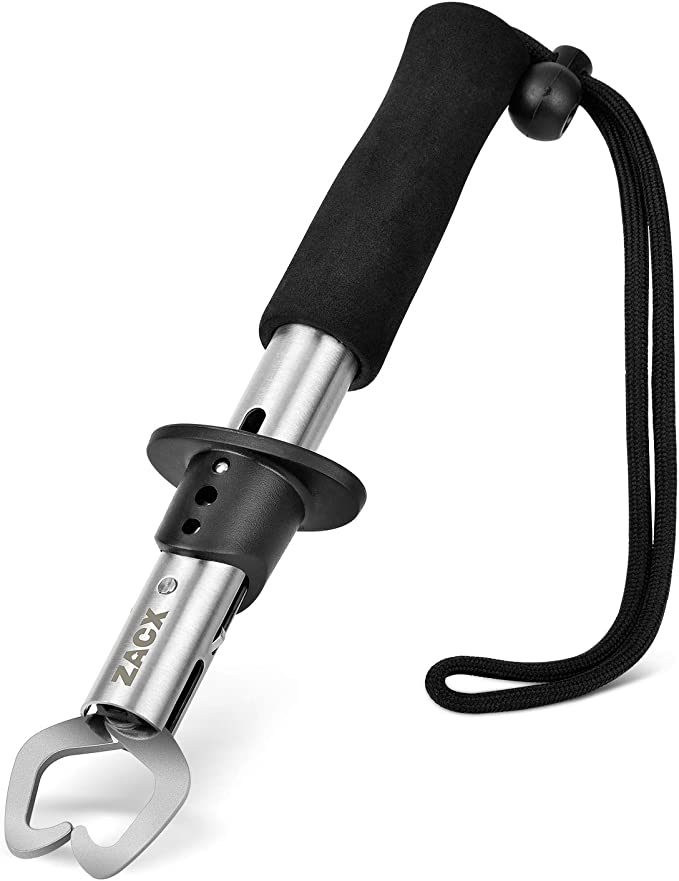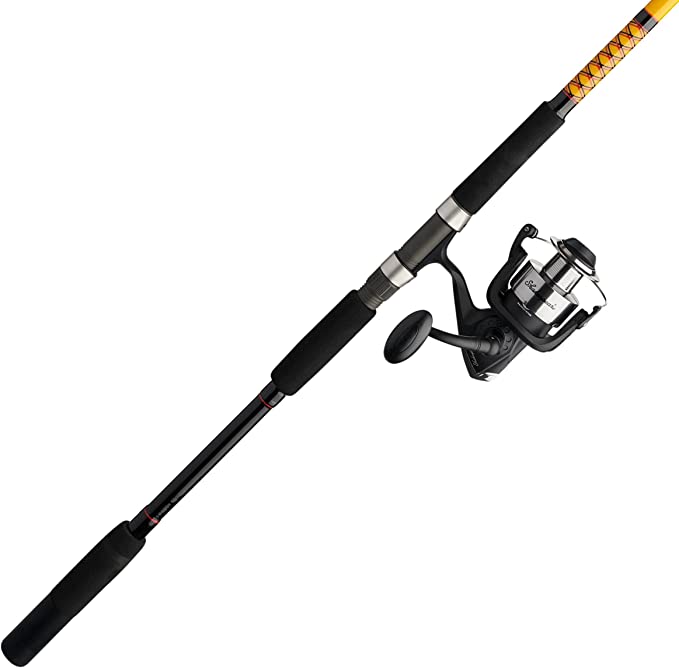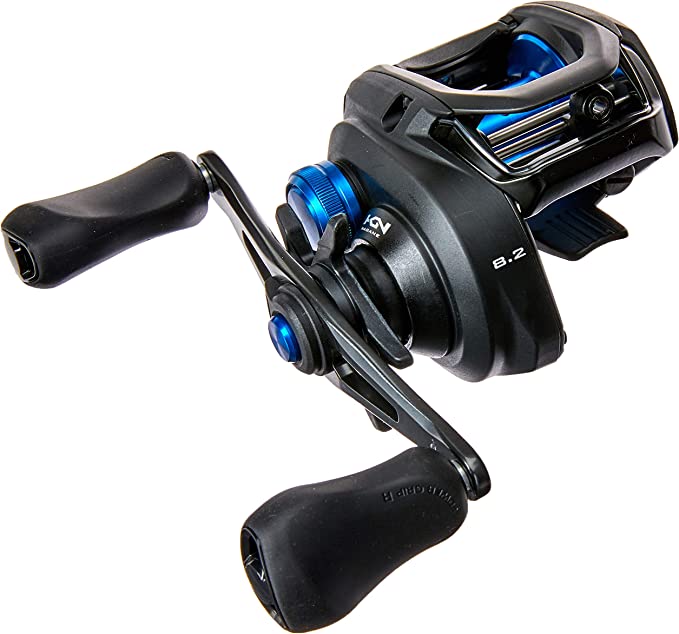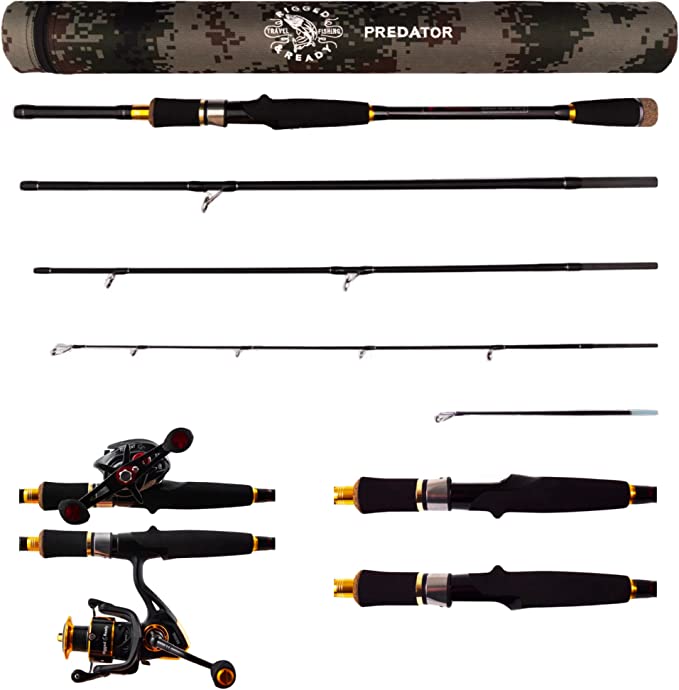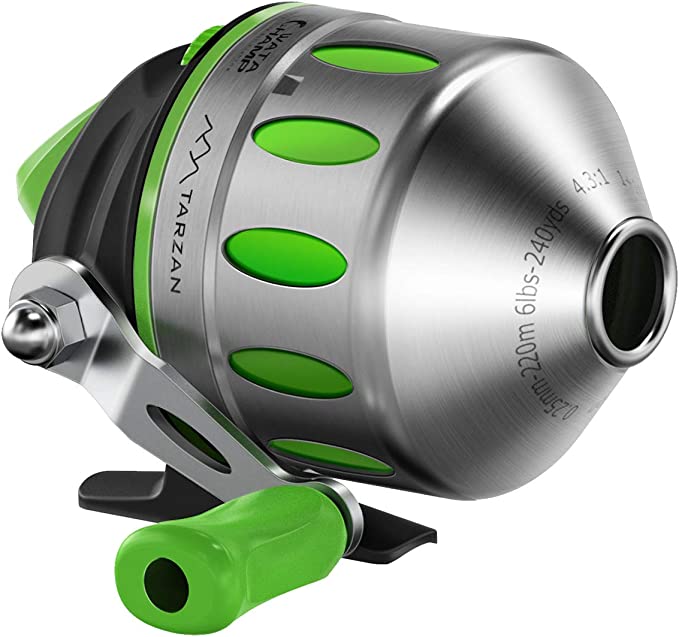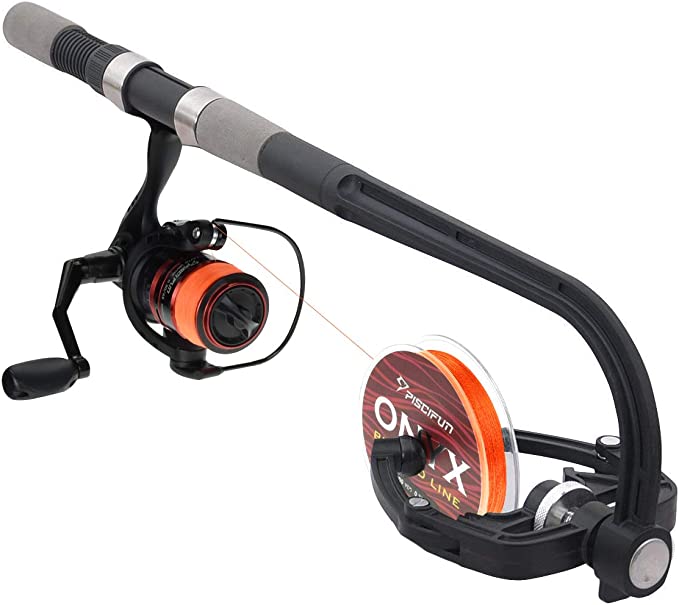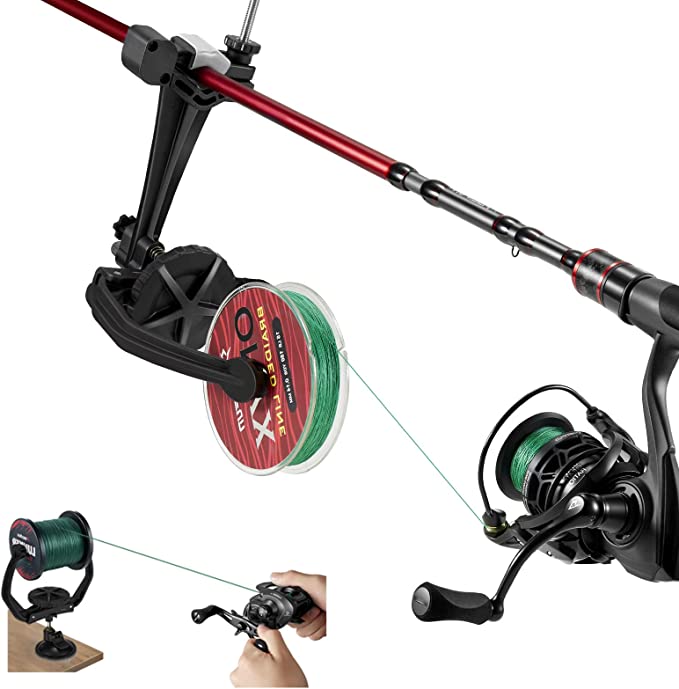EMNZSS Metal Spinning Reel: Elevate Your Fishing Game
Update on Aug. 1, 2025, 5:28 p.m.
Angling is a dialogue between human and nature, a careful balance of technique and timing. Yet, at the heart of this exchange lies a critical piece of technology: the fishing reel. It is the component that translates your skill into action, and its design can be the difference between a triumphant catch and a frustrating loss. The EMNZSS Metal Spinning Reel isn’t just a tool; it’s a testament to the blend of meticulous engineering and materials science that gives modern anglers a decisive edge. By peeling back its layers, we can appreciate not only its performance but the principles that make it so effective.

Forged for Resilience: The All-Metal Body and Engineering
In the world of fishing gear, durability is paramount. While some reels may use composite materials to save on weight, the EMNZSS reel is built with an all-metal construction. This isn’t merely a design choice; it’s an application of fundamental mechanical engineering principles. Metal offers superior tensile strength and rigidity compared to plastic counterparts. When a powerful fish makes a frantic run, the reel’s frame is subjected to immense torsional stress. An all-metal body resists this flex, ensuring that the gears and bearings remain in perfect alignment. This structural integrity is critical for maintaining a smooth operation under pressure and is a key factor in the reel’s longevity, a crucial consideration for any serious angler.

The Heart of Smoothness: A Lesson in Tribology
The true measure of a spinning reel’s quality is often felt, not seen. That smooth, effortless turn of the handle is thanks to a core branch of mechanical engineering known as tribology—the science of friction, lubrication, and wear. The EMNZSS reel’s performance is driven by its stainless steel bearings, configured in a 5+2BB (Ball Bearing) system. These bearings minimize the friction between moving parts, allowing the spool and handle to turn with minimal resistance. Stainless steel is the material of choice here not just for its strength, but for its inherent resistance to corrosion. This is especially vital for anglers in saltwater environments, where rust can quickly degrade standard bearings, turning a silky-smooth retrieve into a grinding chore. By resisting the corrosive effects of salt, these bearings maintain their integrity and ensure consistent performance over time.

Conquering Corrosion: The Chemistry of the Bluing Process
Saltwater is the ultimate test for any fishing reel, with its highly corrosive environment attacking metals on an electrochemical level. To counter this, the EMNZSS reel employs a specialized bluing process on its metal components. This is a form of controlled oxidation, a chemical surface treatment that forms a protective layer of black oxide ($Fe_3O_4$) on the metal. This dense and stable layer acts as a barrier, effectively isolating the underlying metal from corrosive agents. While traditional bluing was often used for aesthetics, its modern application in fishing gear is a testament to its effectiveness in increasing wear resistance and significantly retarding corrosion. This chemical defense mechanism gives anglers the confidence that their reel will stand up to the unforgiving nature of the marine environment.
The Physics of the Fight: Drag Systems and Gear Ratios
A spinning reel’s primary function during a fight is to manage the immense power of the fish. This is the job of the unloading force spinning wheel, a term that describes its sophisticated drag system. The drag mechanism is essentially a series of clutch plates that apply a specific amount of friction to the spool. When a fish pulls harder than the set drag force, the spool slips, allowing line to be paid out. This action is not a simple stop-and-go; it’s a smooth, consistent release that dissipates the fish’s kinetic energy as heat, preventing the line from snapping under shock. Paired with a 4.9:1 gear ratio, the EMNZSS reel strikes a balance between retrieval speed and power. This ratio means that for every full rotation of the handle, the spool turns 4.9 times. This provides ample torque to reel in heavy fish without sacrificing too much speed, making it a versatile choice for a wide range of fishing scenarios.

A Legacy of Engineering: From Simple Tools to Precision Instruments
The journey of the fishing reel from a simple wooden line holder to a complex machine like the EMNZSS is a story of human ingenuity. Early reels were little more than a hand-cranked spool, and it was not until the early 20th century that the spinning reel as we know it began to take shape. Each innovation—from the introduction of the bail arm to the development of sophisticated drag systems and corrosion-resistant materials—has been a step forward in engineering. The EMNZSS reel embodies this legacy, incorporating modern advancements in materials and design to create a product that is both robust and refined. Its interchangeable handle, for example, is a simple yet crucial ergonomic feature, acknowledging that comfort and personalized control are just as important as power and durability. This focus on the angler’s experience, combined with a foundation of solid engineering, defines the modern fishing reel.



